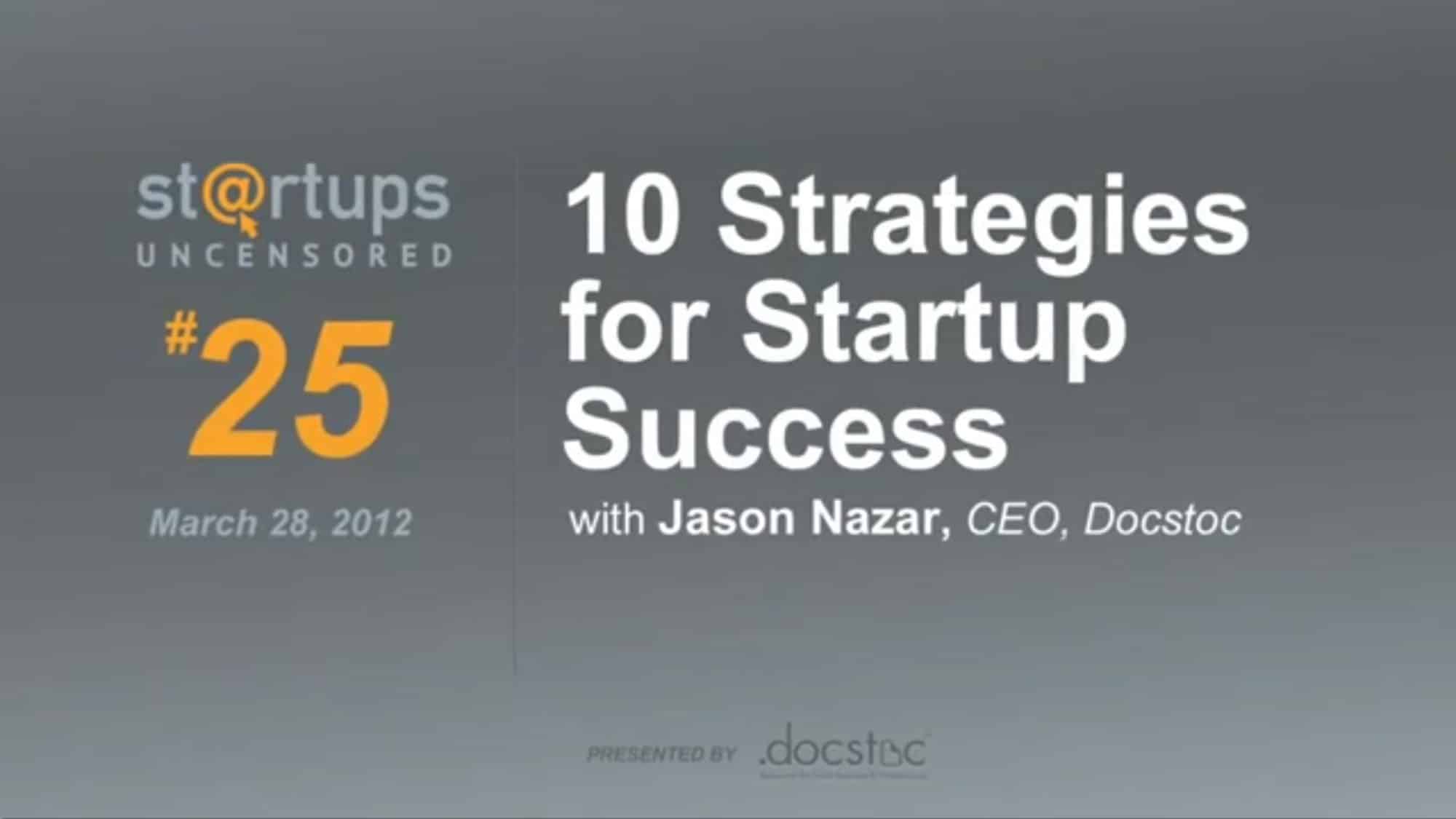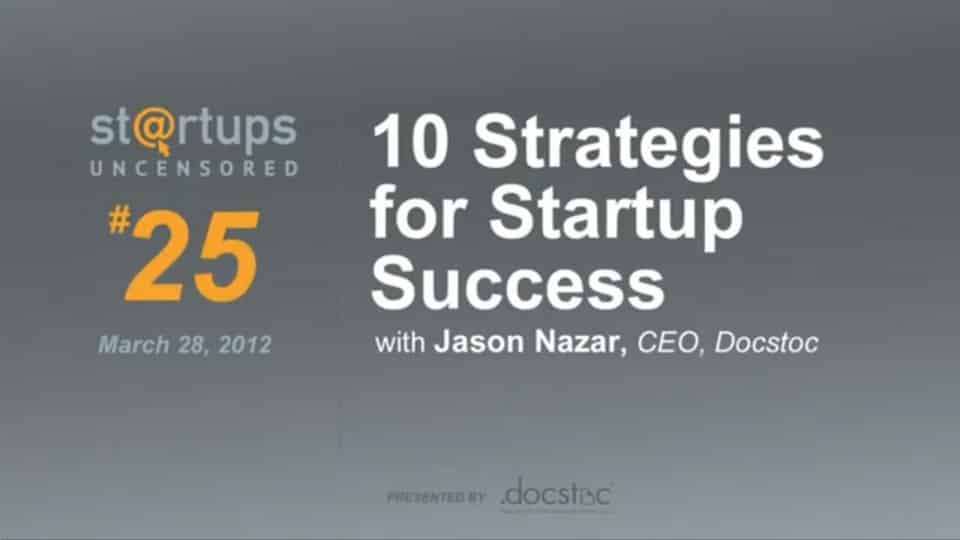
Google is busy trying to clean up the web – all in the quest to deliver quality pages and just the right kind of information for users when they do “search-happy”.
For marketers, SEO specialists, and business owners, the search scene presents tremendous opportunity but it’s no bed of roses. It’s time to take stock of your SEO practices and skew towards best practices.
Here’s how you can do it:
Take Stock of the New Basics
Cyrus Shepard helpfully listed a behemoth of a post to rank better with a 25 Step SEO Blueprint and it’s a great read to take stock of what works. It’s not conclusive or exhaustive, of course.
Google has put the world of SEO into a virtual spin. Hands-free, Conversational Search is coming soon. Matt Cutts recently announced changes that are about to affect domain clustering. The changes will continue to come in like a landslide. The first step is to refresh your basics but with care since most of what you read would have changed.
The old guides you downloaded will have outdated information. Stay on top of SEO information like its religion.
SEO Can’t Work in a Silo
SEO is not a separate thing for marketers to do. SEO goes hand-in-hand with content production, for instance. SEO is an integrated part of content marketing and it has to be treated as such.
You can’t work on SEO as if it has nothing to do with content, social media, and with the other forms of marketing you might use. Include SEO as a part of your overall marketing strategy. Make it a part of your arsenal as a trusted source of traffic and conversions and not as a marketing channel that you’d get to someday.
- Tie in your SEO with content marketing.
- Add Title tags, Meta tags, attributes, sitemaps, Robots Txt, Alt text, and all of these basics –- whether they work today or not –- into the content as you develop it or as you plan to make a website ready for promotion.
- Find images and add alt text for every image.
- Find a way to include keywords into your website but understand that keywords aren’t everything.
- Develop awesome content first and weave your keywords in later.
Link Building Has a New Meaning
If a link were pointing to your web property, it’d be a good link. That was how it was when the web was born. Today, pointing links inwards (or getting others to point links) to your website is a herculean task – one that most marketers work around the clock to achieve. Google algorithms are in a constant state of flux but the importance attributed to organic links from popular websites pointing towards your own is still a viable strategy.
Article marketing is out; guest posting is in. Blogger outreach programs are now more common than ever. Further, the importance of developing valuable content to gain organic and automatic link building is the new way. Link building, hence, isn’t just about “seeding” links all over the web; it’s now more organized, planned, and executed.
Follow guides such as Link Building for SEO and follow Interviews such as Neil Patel’s Interview with Jayson DeMers at Search Engine Watch.
The point is this: link building is mutual in nature. But this reciprocation happens due to perceived value of your content. The better your content is, and the more it influences, helps, and leads, the more it gets shared and then linked to.
Developing Content Like Publishers Should
While developing content, find ways to add more value and reach for all of your content assets. Pour passion, humor, controversy, explanations, detailed posts, screen casts, videos, podcasts, slide decks, and even publish your own magazines.
The key is to branch out into as many content asset types as possible to leverage the reach of your content. No amount of publishing is enough. Having said that, generating “any random content” won’t do. The benchmark for good content is already on the rise and the days of writing-anything-that-looks-like-an-article-to-get-Google’s-attention are gone.
1). Flipboard now allows you to read and curate content as you go, right from your smartphone or from tablets. Now, you can build content even as you read and consume content.
2). Sliderocket.com recently added highly-interactive, professional looking templates for eBooks, Online Webinars, marketing plans, pitches, and even resumes. Take your pick from those and start creating even more content.
3). If you own a Mac, Apple’s Pages and iBooks Author already have great templates to help you develop more assets for publishing. Create your own content with the help of these tools. No coding required.
4). Create infographics using hired resources or any of the following tools if you’d like to do it yourself:
- Piktochart
- Easel.ly
- Infogr.am
- Visual.ly
- Tableau
- Venngage
- iCharts
- Dipity (What happened to Dipity?)
- FluxVX
- Many Eyes
5). Use Tagxedo to convert any random pieces of text, quotes, or your own thoughts into word clouds. You can customize fonts, save images for printing or sharing, and much more content to pass along.
Relentless value publishing is the key. Are you up for it?
Put “You” In your Content
Today, you cannot hide behind a website. Readers (and customers) connect better when they know the faces and the real people behind businesses.
Jason Nazar of DocStoc puts himself in his videos. He is the face of his own company. He also maintains his own blog where he dispenses advice for entrepreneurs. He also helps a community of entrepreneurs to startup at Startups Uncencored. Seth Godin maintains a popular blog, writes books, runs his own Podcasts, and shows up physically at events.
Include you or your team into your content. Put your game face on, pull out those names, put your name where your reputation is, and expose yourself.
That way, you let the customers know that you are real, that you mean what you say and also all that passion for your business will show on you.
Social Signals are catching up: Where are you?
Google+ is almost integrated into Google’s search ecosystem and it’s the default set up for years to come. It heralds a new addition to the overall search results where “social conversations” will now be an integral part of search results.
Mark Traphagen of Windmill Networking wrote an intriguing post on how Google Plus Turns out to be Bigger and Powerful than you Know where he carefully tries to reiterate his understanding of Google+ and how it affects your SEO efforts.
There’s no dearth of expert advice on how to use Google+ to boost your SEO efforts, though. Kristi Hines – an expert freelance writer – recommends getting more followers, setting up Google Authorship, connect your website to your Google+ page, fill up your profile, and encourage some +1 love.
Cyrus Shepard has his own set of recommendations on his post at SEOmoz: follow your own profile links, use links and operators such as “+ Name” or “+ Company Name” generously, optimize your G+ tags, and always connect with influencers.
Similarly, social signals off Facebook, Twitter, and LinkedIn are fast catching up. Get on social media to influence the search engines too.
Get to the Press
There’s a reason why Press coverage still matters. On the web, press coverage has massive potential upside to your SEO efforts. That explains the reason why Chris Winfield at SEOmoz took the trouble to list of 92 Ways to Get (and maximize) Press Coverage.
It’s easier to get press coverage when you are a startup than it is when you are a larger company. Further, according to Jason Nazar in his Startups Censored #25 Event, you’ll need to develop relationships with people and prove yourself before hoping to get mentioned in popular blogs, and in niche-based (or general) news coverage.
Work the phones, hustle, build your media list, subscribe to HARO (now owned by Vocus), and grow your relationships.
So, what’s it going to be for you? Do or Die? What are you doing today to boost your SEO efforts?
Image Credit: Shutterstock / Mopic

